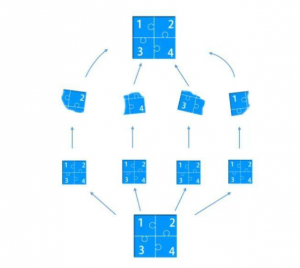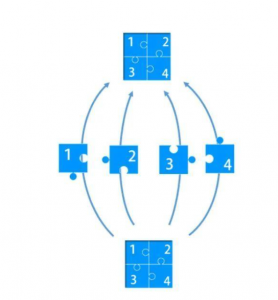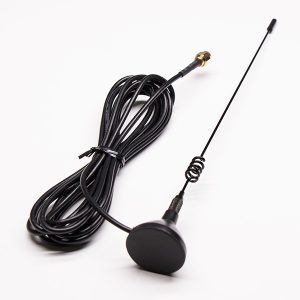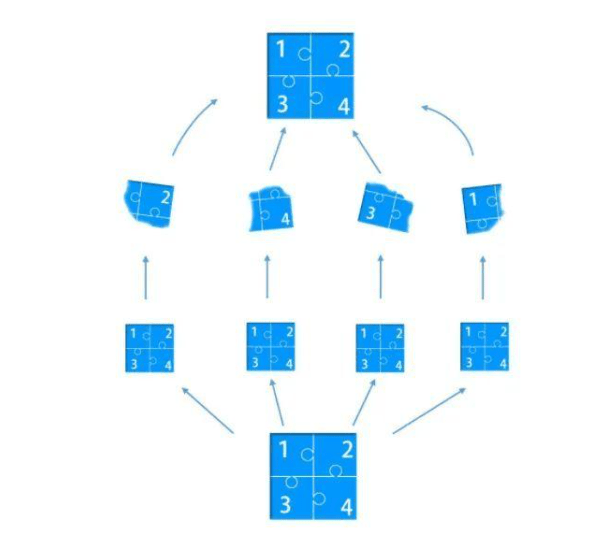The full name of MIMO is Multi Input Multi Output (Multi Input Multi Output). By using multiple antennas, MIMO antennas can achieve higher throughput and transmission distance than a single antenna under the same radio transmission power. Where multiple antennas are used at the source (transmitter) and destination (receiver). MIMO is one of several forms of smart antenna technology. Other forms are MISO (multiple input, single output) and SIMO (single input, multiple output).
In addition, compared with single-antenna systems, MIMO antennas can improve link reliability and reduce attenuation. Because multiple data streams are transmitted at the same time, MIMO antennas can also increase wireless capacity.
Three transmission methods of MIMO:
- Space diversity:
Space diversity is divided into receive diversity and transmit diversity. The advantages of using diversity are: easy to obtain a relatively stable signal, obtain a diversity processing gain and improve the signal-to-noise ratio.

Receiving diversity means that multiple antennas receive multiple independent signal copies that carry the same information from multiple channels. Since the signals cannot be in deep sinking conditions at the same time, at any given moment, the receiver can at least guarantee the reception A copy of the signal that is strong enough to improve the signal-to-noise ratio of the received signal. Transmit diversity is the use of multiple transmitting antennas at the transmitting end to transmit the same information, and a higher signal-to-noise ratio at the receiving end than a single antenna.
- Spatial reuse:
Spatial multiplexing realizes the high data rate and high spectrum utilization of the MlMO system by transmitting independent signals on different antennas at the same time. The transmitted high-speed data stream is divided into several parallel low-speed data streams, which are simultaneously transmitted from multiple antennas in the same frequency band. Due to multipath propagation, each transmitting antenna generates a different spatial signature for the receiver. The receiver uses these different signatures to separate independent data streams, and finally restores to the original data stream. The data transmission rate can be doubled.

- Space division multiple access
Space division multiple access uses the weak correlation of natural channels brought about by the spatial location of multiple users to transmit data to users in different locations respectively to increase the number of connections and capacity of the system. This method of use is also called multi-user MIMO (MU-MIMO). ). In fact, space division multiplexing and space division multiple access are different ways of utilizing the spatial freedom of the MIMO system.

Advantages of MIMO
When the signal sent by the radio is reflected, multiple signals are generated. Each signal is a spatial stream. A system using single input single output (SISO) can only send or receive one spatial stream at a time. MIMO allows multiple antennas to transmit and receive multiple spatial streams at the same time, and can distribute signals to or from different spatial directions. The application of MIMO technology makes space a resource that can be used to improve performance and can increase the coverage of wireless systems.
- Increase the capacity of the channel
Between the MIMO access point and the MIMO client, multiple spatial streams can be sent and received at the same time. The channel capacity can increase linearly with the increase in the number of antennas. Therefore, the MIMO channel can be used to double the wireless channel capacity. Without increasing the bandwidth and antenna transmission power, the spectrum utilization rate can be doubled.
- Improve channel reliability
Using the spatial multiplexing gain and spatial diversity gain provided by the MIMO channel, multiple antennas can be used to suppress channel fading. The application of the multi-antenna system enables parallel data streams to be transmitted at the same time, which can significantly overcome the fading of the channel and reduce the bit error rate.

